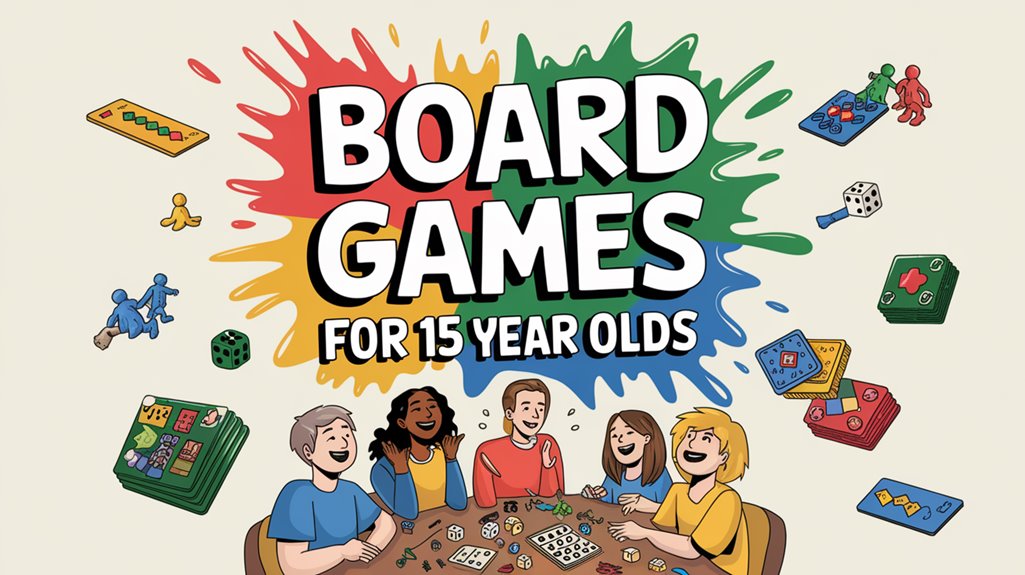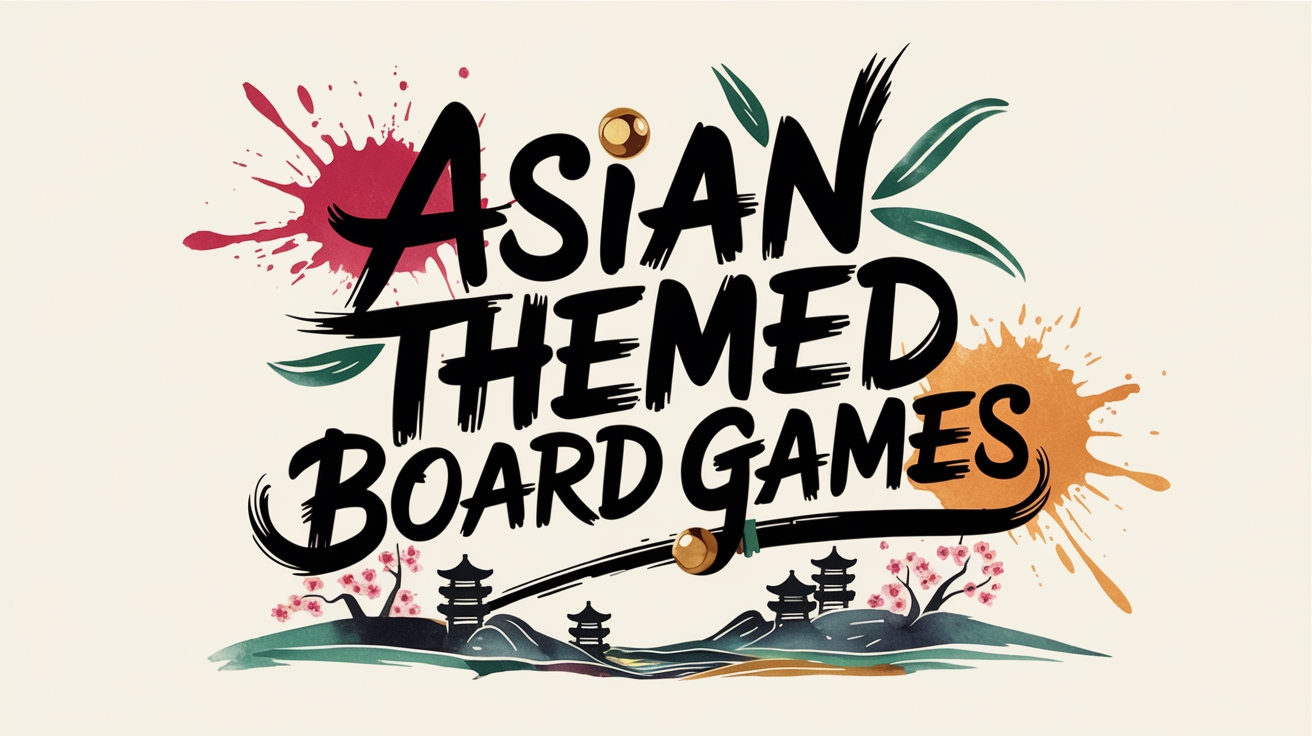Board games are crafted from a variety of materials, each chosen for specific attributes that enhance the gaming experience. Wood offers longevity and a natural look, while cardboard is valued for its affordability and eco-friendliness. Plastic provides versatility for detailed components, and metal is used for durable, premium tokens. Coated paper forms the basis of many boards and cards. These materials not only affect the game’s durability but also its tactile and visual appeal, influencing how we interact with board games.
Wood
Wood remains a premier material for board game manufacturing, with several varieties offering distinct advantages. Hardwoods like maple, oak, and walnut provide exceptional durability and sophisticated aesthetics, making them ideal for high-end chess sets and luxury game boards. Pine and cedar, being softer and more affordable, suit casual games and budget-conscious productions. Bamboo, technically a grass but used similarly to wood, offers sustainability and resistance to warping.
Wood’s natural characteristics – durability, aesthetic warmth, and tactile appeal – have made it a traditional choice for board games like chess, backgammon, and custom designs. Each type of wood brings unique grain patterns and coloring, allowing manufacturers to create distinctive pieces and boards. The material’s workability enables detailed carving and precise shaping for game components, while its renewable nature appeals to environmentally conscious consumers and producers.
Cardboard
Cardboard is essential in modern board game production for its cost-effectiveness, versatility, and ease of mass production. It forms the basis for game boards, tiles, and boxes, offering a lightweight yet durable option. Its adaptability allows for detailed printing and cutting, supporting diverse artistic and functional designs.
| Advantages | Applications |
|---|---|
| Cost-effective | Game boards |
| Versatile | Game tiles |
| Easy to produce | Packaging |
Cardboard’s eco-friendly nature aligns with environmental consciousness. Its structural integrity and printability ensure intricate game elements are vividly presented, enhancing the player experience. Thus, cardboard remains important in creating immersive board games.
Plastic
Plastic is widely used in board games for its versatile and durable game pieces. Its resilience ensures long-lasting components. Knowing what affects plastic’s durability helps in choosing the right type for different game elements.
Game Pieces Composition
Plastic is a prevalent material for modern board game pieces due to its versatility, durability, and cost-effectiveness. It allows for a variety of shapes, sizes, and colors, enabling intricate designs that enhance the gaming experience. Easily molded and mass-produced, plastic ensures resilience and longevity, meeting the demands for creative freedom and consistent quality in games.
Plastic Durability Factors
Understanding the durability of plastic in board game pieces involves looking at the type of plastic, manufacturing processes, and environmental stressors. Different plastics offer varying resilience, flexibility, and resistance to wear. The manufacturing process, including molding and curing, affects the product’s structural integrity. Environmental factors like UV exposure, temperature changes, and humidity can also impact longevity. Here’s an overview of key plastic types and their durability:
| Plastic Type | Durability | Key Attributes |
|---|---|---|
| ABS | High | Impact-resistant, rigid |
| PVC | Moderate | Flexible, chemical-resistant |
| Polyethylene | Moderate | Lightweight, UV-resistant |
| Acrylic | High | Scratch-resistant, clear |
Metal
Metals are used in board games for their durability and premium feel. Metal components—tokens, coins, and miniatures—offer tactile satisfaction and weight, enhancing the gaming experience. They resist wear and tear better than plastic, ensuring longevity, and can be intricately designed with coatings like gold or silver plating for added aesthetic appeal. Metal pieces are versatile, fitting various game genres from strategy to fantasy, and their robustness and elegance improve both functionality and immersion.
Some Board Games with Metal Elements
- Monopoly – The player tokens (like the car, hat, dog, etc.) are traditionally made of metal.
- Clue (Cluedo) – Some editions include metal weapons as game pieces.
- Risk – Many editions feature metal army pieces or metal dice.
- Stratego – Some versions of the game include metal pieces for the various ranks of soldiers.
Paper
Paper is essential in board games, especially for cards and boards. The cardstock’s thickness affects the tactile experience and longevity, while coating enhances durability and wear resistance.
Cardstock and Thickness
In board game production, choosing the right cardstock and its thickness is vital for durability and a premium tactile experience. Cardstock, a sturdy paper variant, withstands frequent handling and shuffling. Thickness, measured in points or grams per square meter (GSM), affects the cards’ feel and performance. Thicker cardstock offers better sturdiness and a luxurious feel, enhancing the gaming experience. High-quality materials ensure longevity and contribute to a satisfying, immersive gameplay.
Coating and Durability
Enhancing the durability and tactile appeal of board game components requires applying a suitable coating to the paper. Options like UV varnish, aqueous coating, and lamination not only improve visual quality but also protect against wear and tear. UV varnish offers a high-gloss finish with excellent abrasion resistance. Aqueous coating provides an eco-friendly, satin finish. Lamination, available in matte or glossy, adds a robust layer shielding against spills and frequent handling. These coatings empower players to engage freely with the game, ensuring longevity and a premium feel. In a market where quality and longevity are important, investing in appropriate coatings can significantly enhance the overall gaming experience.
Foam
Foam is a versatile and essential material in board game construction, used for game inserts to keep pieces organized and protected, and for creating durable, comfortable game mats. Its moldability allows for innovative game pieces and three-dimensional elements, enhancing the gaming experience. Customizable foam components give designers creative freedom, making foam pivotal in the modern board game industry.
Board Games that incorporate foam elements
- Tsuro of the Seas: This game often includes a foam insert to keep the components organized and protected within the box.
- King of Tokyo: Some editions of the game come with foam dice or foam inserts to help keep the game pieces in place.
- Monikers: While traditionally a card game, certain premium editions include foam inserts to organize and protect the cards.
- Blood Rage: The Kickstarter version of the game includes foam trays to hold the miniatures and other components securely.
Fabric
Fabric enhances board games by offering both functional and aesthetic benefits, such as durable, foldable game boards, tactile bags for components, and protective player mats. High-quality materials like velvet, canvas, neoprene, and felt ensure longevity, organization, and a luxurious touch, enriching the gaming experience. Strategic use of fabric in board games showcases a commitment to quality and user enjoyment.
Resin
Resin is a versatile material in board games, offering durability, intricate detailing, and a premium feel. It can be molded into complex shapes, making it ideal for miniatures, custom tokens, and decorative elements, providing a robust alternative to traditional materials like plastic.
Three key advantages of resin in board games include:
- Durability: Resistant to wear and tear, ensuring longevity.
- Detailing: Capable of capturing fine details, enhancing visual appeal.
- Premium Feel: Adds weight and texture, offering a high-quality tactile experience.
Incorporating resin components enhances both the aesthetic and functional quality of board games, catering to enthusiasts seeking a superior gaming experience.
Board Game Examples that include Resin Elements
- Gloomhaven – Gloomhaven is a cooperative dungeon crawler that features a variety of resin miniatures for characters and enemies, enhancing the immersive experience.
- Scythe – Scythe is a strategy game set in an alternate history 1920s Europe. It includes resin resources and mechs that add a tactile dimension to the game.
- Rising Sun – Rising Sun is a game of diplomacy, war, and honor set in feudal Japan. It includes beautifully crafted resin miniatures for the various factions and mythical creatures.
- Blood Rage – Blood Rage is a Viking-themed game where players control clans vying for glory. The game features detailed resin miniatures representing the Viking warriors and mythical monsters.
- Anachrony – Anachrony is a time-traveling strategy game that includes resin exosuit miniatures, adding a visually striking element to the game’s futuristic theme.
Glass
Glass is a captivating material for board games, offering transparency, elegance, and a unique tactile experience. Its clarity enhances the game’s visual appeal, while intricate details in glass pieces add sophistication. The weight and cool touch of glass provide an engaging sensory dimension. Though more fragile, tempered glass increases durability, making it ideal for high-end, collectible editions. Ultimately, glass elevates board games to an art form, bringing luxury and refinement.


